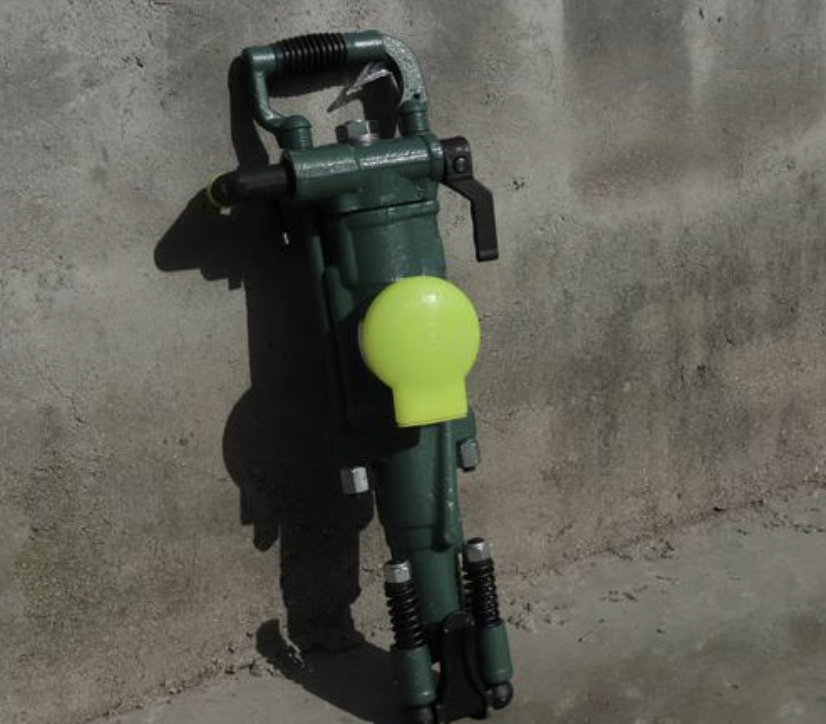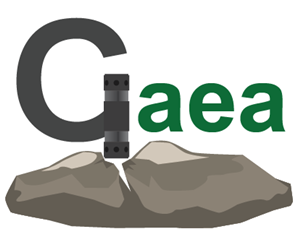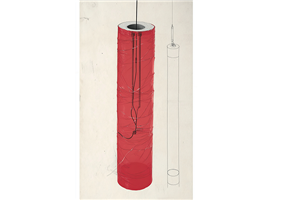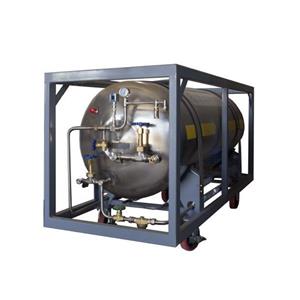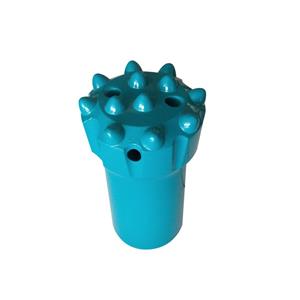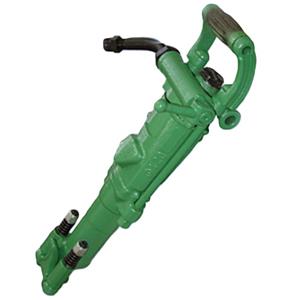Eight Operating Essentials for Pneumatic Handheld Jack Hammer
Certification: Operators must receive training, pass the required examination, and hold valid operating certification.
Pre-checks: Clear debris to keep work area and vents unobstructed; tap the rock face and roof to detect and remove unstable rock or loose material. Ensure drill rods are straight; drill bit edges are sharp and carbide inserts are secure; coupling threads show no wear or damage. Verify all drill components are present and intact, couplings have no leakage, lines are undamaged, air hoses are intact and connectors are secure, and water holes are clear. Compressed air pressure and flow must meet the drill’s requirements. Check the inlet oiler level (recommended oil ~200 ml, leaving about 10% air space in the transparent reservoir).
Tight connections: Drain condensate from compressed-air lines. With the drill’s rotation handle in the OFF position, attach the air and water connectors. After connecting the air line, briefly blow through the hose to expel water and debris. Use dedicated U-shaped clamps for air and water hose connections.
Trial run: With air and water valves closed, repeatedly pull the trigger to check switch responsiveness and that it returns quickly to stop when released. Open the air and water valves and point the drill in a safe, unoccupied direction; briefly actuate the trigger to check for normal sound and smooth operation. Confirm the motor and moving parts rotate freely, there is no abnormal vibration, and air and water flow properly. Only proceed to work if all checks are normal.
Stable start (hole positioning): Operate with two people. Secure the base to solid rock and set the drill angle. The person holding the drill rod positions the bit at the planned hole location. The driller opens air first, then water, applies light pressure and intermittently actuates the trigger to form a centering indent. Once the bit has stably cut into the rock (~30 mm), switch to normal full-speed rotation.
Normal drilling: The driller should keep their body away from the drill body, outside the safe radius of the handles. The rod-holder should move to a rear-side safety position to monitor. After the first drill rod is fully engaged, stop the machine and air/water supply, reverse and remove the drill, connect the next rod, and continue until the planned depth is reached. When pulling out, reduce rotation speed and allow the drill to withdraw steadily with gravity; then shut off air and water.
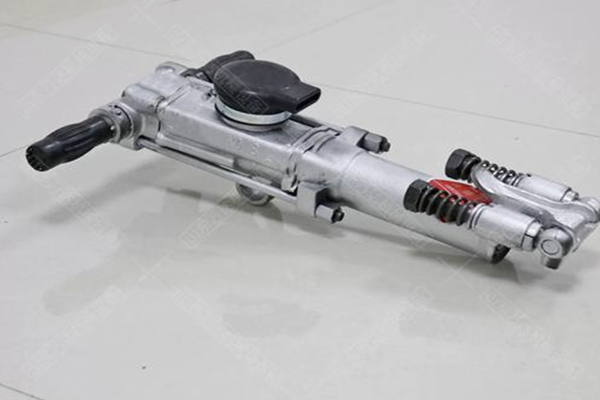
Shutdown and storage: Run the drill briefly unloaded to expel water and help prevent rust. Inspect for damage and loose bolts and address issues promptly. Store the drill in a safe, dry location; do not discard equipment carelessly.
Injury prevention: Wear a mask and safety goggles; use a safety harness when working on platforms higher than 2 m. Do not wear loose clothing; sleeves must be secured to prevent entanglement with rotating parts. Never touch the drill rod or bit with hands or gloved hands while rotating. Do not exceed the specified air pressure. Do not use bent drill rods or anchor rods. Stop the machine before addressing a stuck rod. When transporting the drill, never lift or move it by the air or water hoses. Coordinate closely during confined-space operations. When loading or unloading the drill, stand firmly and hold the handles; apply balanced force during drilling to avoid rod breakage or bending.
